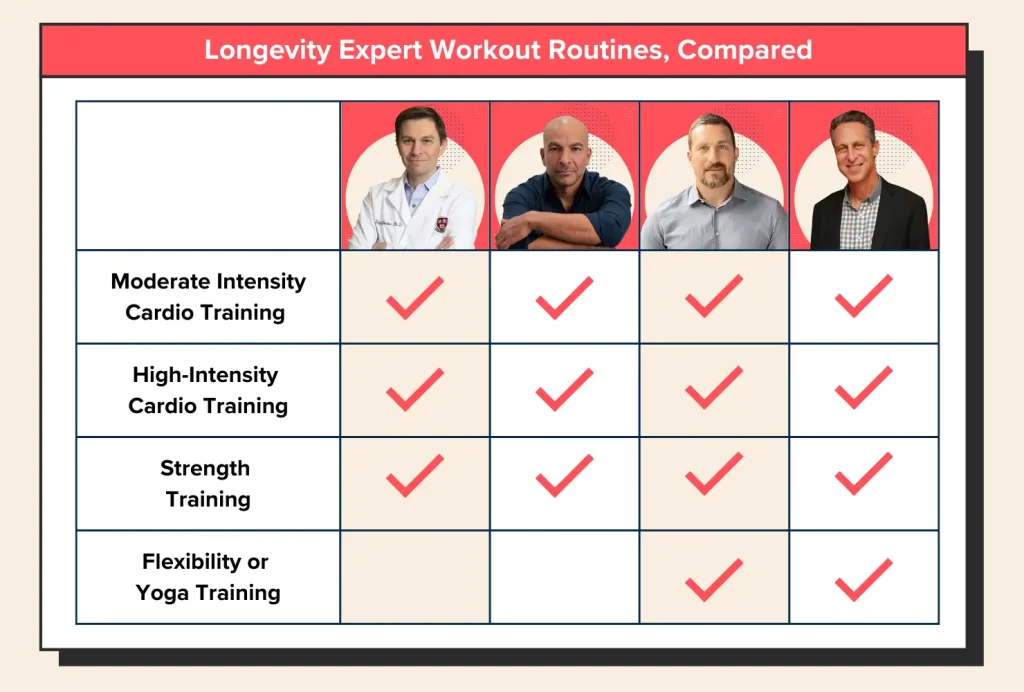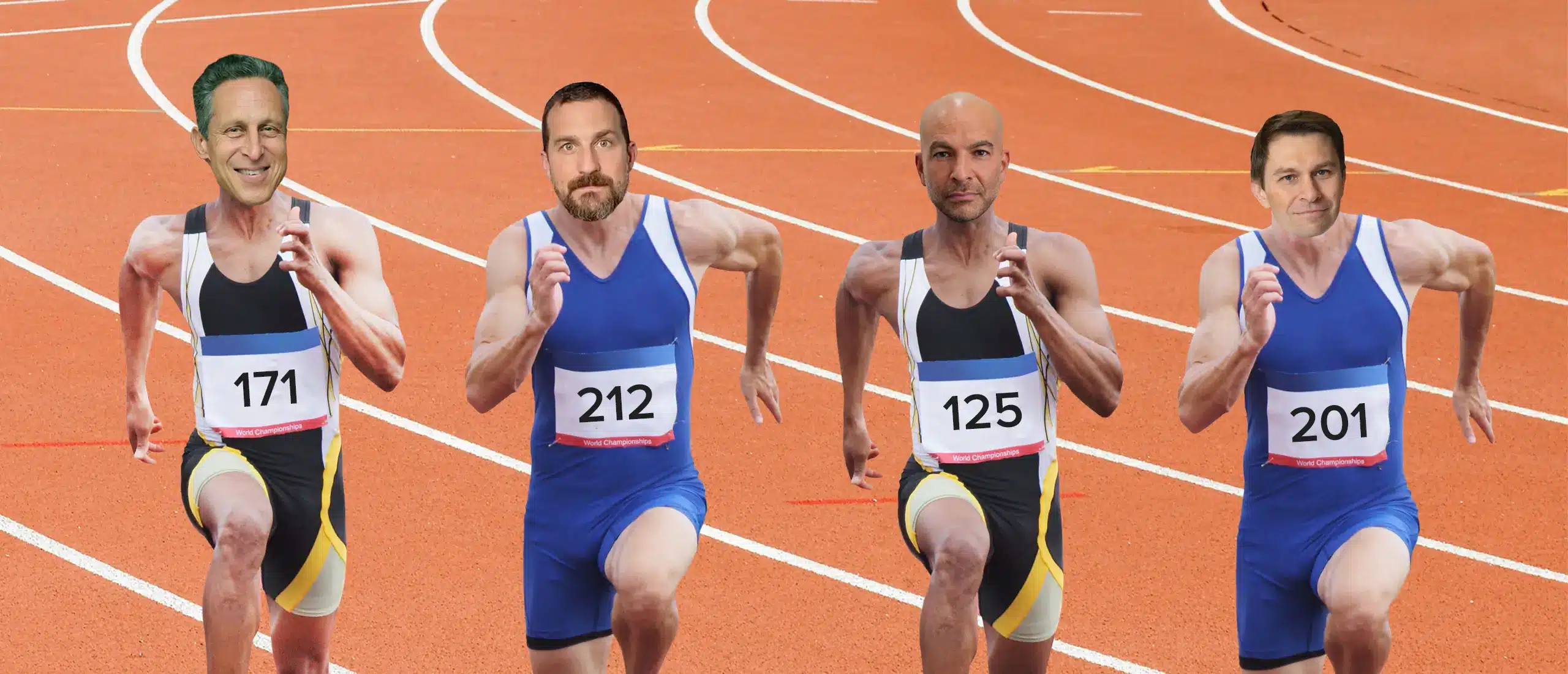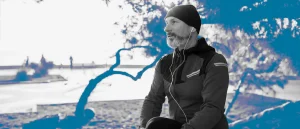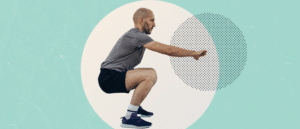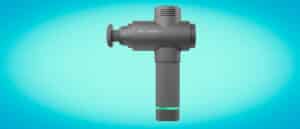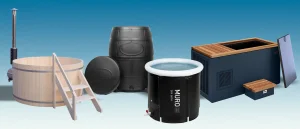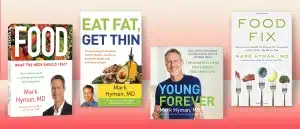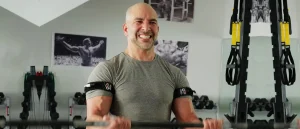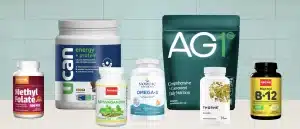The Workouts Longevity Experts Swear By for a Longer, Healthier Life
Aging is a bitch. Even if you don’t develop a chronic disease like heart disease, cancer, type 2 diabetes, or Alzheimer’s, odds are still good you’ll die a slow and painful death. It sounds morbid, but it’s the reality for most people who live into their eighties and beyond, say leading longevity experts. That is, unless you start training ASAP to improve your healthspan—or the quality of life in those extra years.
The physical decline begins after age 25, when our heart’s peak capacity (VO2 max) drops by 10 percent per decade—and by as much as 15 percent after the age of fifty (1). Which means while you might sail through a five-mile hike today, by the time you hit 75 you may not be able to climb a few flights of stairs without stopping for a breather.
Opening a pickle jar or picking up your grandkids get harder too. After age 30, sarcopenia (or muscle loss) kicks in. Without regular strength training, you can lose as much as three to eight percent of your muscle mass per decade (2)—slowing down your metabolism, and decreasing your strength and functional ability to complete daily tasks with ease.
The good news: you can slow aging and physical decline. According to leading longevity experts, by exercising with longevity in mind, you can reverse your biological age, and be functionally younger (read: enjoy a longer life the way you want to).
We’ve rounded up the workouts that leading longevity experts follow religiously to fight aging and live a longer, healthier life. Here’s exactly how they do it.
LIVE LONGER
David Sinclair
Longevity researcher, David Sinclair, is 53—at least, according to his birth certificate. But results from Sinclair’s latest biological age test claim he’s only 42.
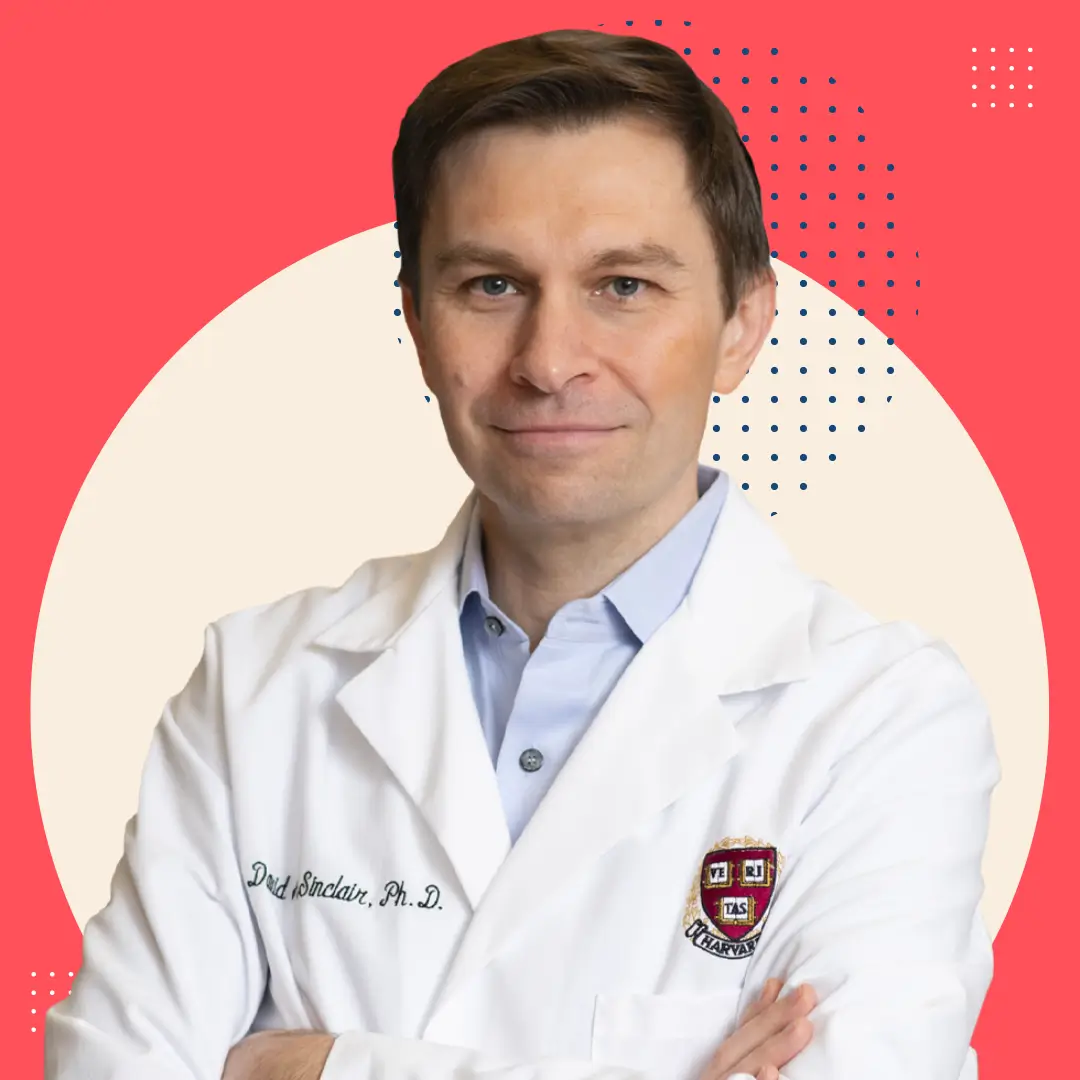
How does he do it? According to him, his diet plays a big role, but exercise is just as important.
“Exercise helps clear out cellular garbage and keeps our cells functioning optimally,” Sinclair says on an episode of his podcast, Lifespan. The process of cleaning out cellular junk—also known as autophagy—is triggered by putting your body through small amounts of stress. According to Sinclair, exercise is one simple way to tap into autophagy, boosting cellular health.
Just move
His approach is simple: just “get off your ass.” He aims to get at least 30 minutes of moderate-intensity exercise daily, and 10 minutes of vigorous cardiovascular exercise a few times per week.
According to Sinclair, vigorous activity creates oxidative stress, which can be harmful and cause inflammation in large amounts. However, in the small amounts created by exercise, it initiates mitochondrial hormesis—a process that increases the number and resiliency of your mitochondria (your cells’ built-in energy generator) that’s been linked to a longer life (3).
Focus on compound lifts
Sinclair lifts weights regularly to combat muscle loss and his struggles with low testosterone—which declines naturally with age. By focusing on compound exercises that target the large muscles of his glutes, back, and legs he’s been able to boost his T. “I’ve found exercises like deadlifts, leg extensions, and leg curls have the greatest impact,” he says.
Hone’s at-home testosterone assessment is the simplest way to uncover whether your levels are low. If you qualify for treatment, TRT can be sent right to your door.
Stand more
When he can’t make it to the gym, Sinclair makes use of his standing desk. “Sitting is terrible for you,” he says. Sitting can increase your risk of all-cause mortality (4). Plus, one study found sitting can increase your blood sugar, cholesterol, and body fat, even if you diligently hit the gym (5).
Peter Attia
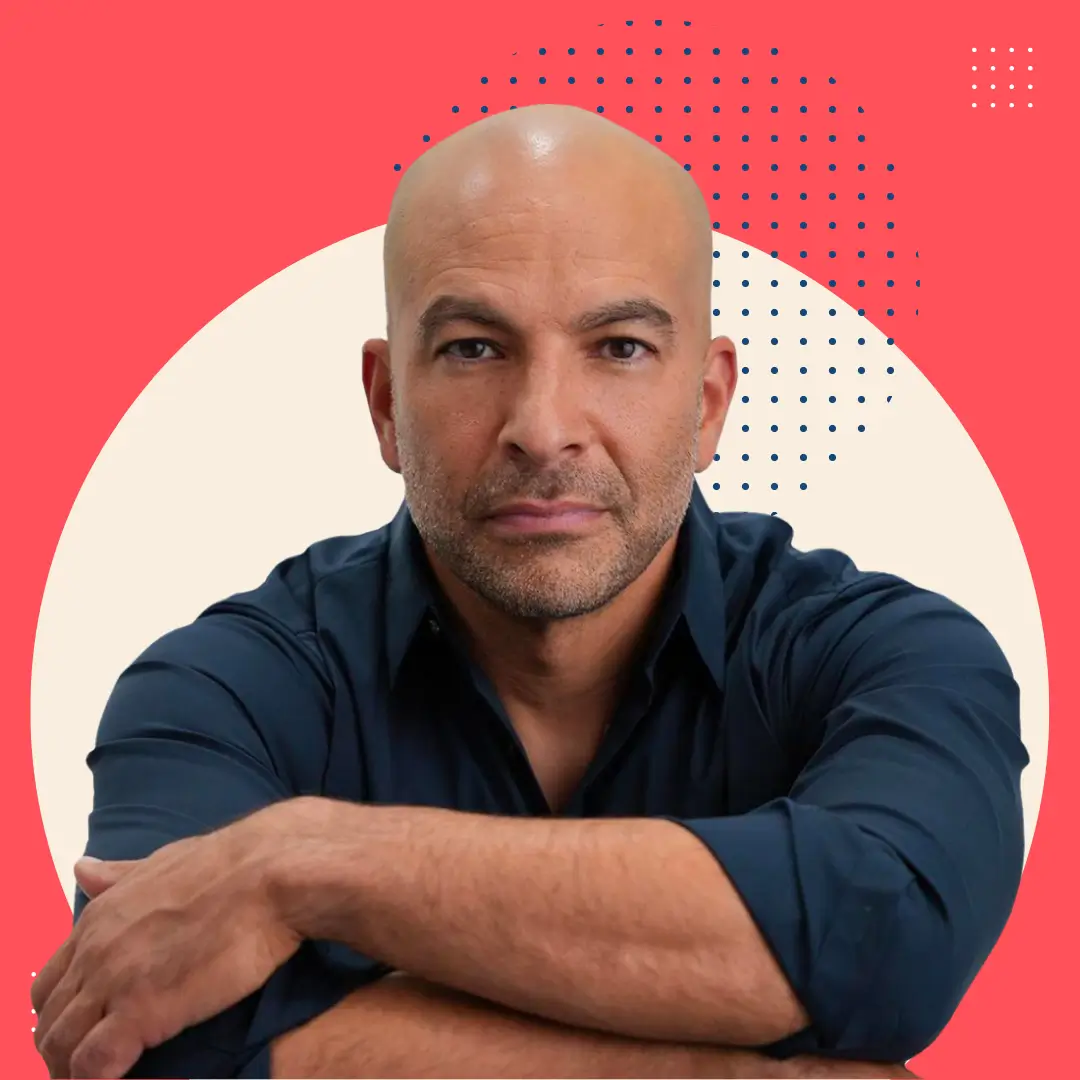
What good is living longer if you aren’t fit enough to enjoy it? On this, longevity physician Peter Attia, M.D., has some advice. It starts with training as if you’ll actually live until you’re 100—a concept he’s coined the “Centenarian Decathlon.” In his book, Outlive, he encourages you to consider the ten most important physical tasks you want to be able to do for the rest of your life and then train to do those things.
Your list should be personal and reflect what means the most to you.
Attia’s example list includes:
- Hike 1.5 miles on a hilly trail.
- Get up off the floor under your own power, using a maximum of one arm for support.
- Pick up a young child from the floor.
- Carry two five-pound bags of groceries for five blocks.
- Lift a twenty-pound suitcase into the overhead compartment of a plane.
- Balance on one leg for thirty seconds, eyes open. (Bonus points: eyes closed, fifteen seconds.)
- Have sex.
- Climb four flights of stairs in three minutes.
- Open a jar.
- Do thirty consecutive jump-rope skips.
While your list might look slightly different, Attia argues the methods needed to train for life are similar. You need to be aerobically fit enough to go far at slow speeds and not so far at fast speeds; strong enough to carry groceries, kids, a suitcase, or laundry; and, have the stability to avoid falling (or be strong enough to brush it off when you do). Here’s how to do it.
Build stability first
Attia’s approach to training mimes the Hippocratic oath: “First, do no harm.” He argues strength is important, but stability training should come first (like, six months of it before ever picking up a weight). “We need to change our approach so that we are focused on doing things right, cultivating safe, ideal movement patterns that allow our bodies to work as designed and reduce our risk of injury,” he writes in Outlive. “Better to work smart than too hard.”
Attia recommends dynamic neuromuscular stabilization (DNS). “The point of DNS is to retrain our bodies—and our brains—in the patterns of perfect movement we learned as little kids,” he says. DNS is like a software update for the basics: the ability to breathe correctly (which directly affects how you move), create intra-abdominal pressure (which is essential for stabilizing the spine), and control your fingers, toes, and spine.
He recommends starting with a routine his trainer, Beth Lewis, calls toe yoga—a series of exercises designed to improve the dexterity and control of your toes. Think: lifting only your big toe, or all toes except for your big toes, and so on. Other favorites are mobility classics cat-cow, and scapular CARS (controlled articular rotations) but slowed way down to add a motor control component. He’s also a big proponent of building grip strength and eccentric control simultaneously through exercises like farmer’s carries and weighted step-ups.
Lift heavyish things
Attia is a fan of heavy strength training, and shares detailed posts on methods like eccentric training, blood flow restriction training, and lifting with resistance bands on his Instagram. But, unlike the bodybuilders at the gym, he isn’t concerned about how big his biceps are or how much he can bench press. “A far more important measure of strength is how much heavy stuff you can carry,” Attia says.
For that reason, Attia’s become “semi-obsessed” with rucking—walking or hiking at a fast pace with a loaded pack on your back. Inspired by Michael Easter’s book The Comfort Crisis, Attia now spends an hour rucking three to four days a week. “Carrying shaped our species. Our ancestors carried often. It gave them robust functional strength and endurance that was likely very protective. But we’ve engineered carrying out of our lives, just as we have many other forms of discomfort. But rucking is a practical way to add carrying back into our lives,” Easter writes.
When he isn’t rucking, Attia structures his workouts around improving four fundamental areas: grip strength, concentric and eccentric loading (the ability to generate power and put on the brakes), pulling motions (pullups and rows), and hip-hinging movements (deadlifts, squats, step-ups, hip thrusts, and their single leg variations).
Train in zones 2 and 5
For Attia, zone 2 training is essential. “Zone 2 training builds a foundation for anything else you do in life,” he says. “It also plays a crucial role in preventing chronic disease by improving the health, efficiency, and flexibility of your mitochondria—which decline with age.”
Pick a cardio activity like walking, jogging, cycling, or rowing and go at a speed slow enough to maintain a conversation, but fast enough that the conversation might be a little strained. For benefits, a total of three hours per week—or four 45-minute sessions—is the minimum dose; but, more is better.
According to Attia, training in zone 5—or all-out efforts—is just as important. Thanks to the rapid decline in VO2 as we age, unless we train at high levels early, when we’re older, most of us won’t have the VO2 max to do many of the things we enjoy now. “The payoff of increasing your VO2 max is that it makes you functionally younger,” says Attia.
He recommends one to two VO2 max sessions per week for benefits (if you aren’t training for a triathlon or a specific sport just one is enough). Unlike HIIT intervals, VO2 max efforts are a bit longer, and a notch less intense. His favorite VO2 max workout involves four-minute intervals at the maximum pace you can maintain, followed by four minutes of complete recovery. Rinse and repeat four to six times.
Andrew Huberman
If you’re looking for a simple workout routine to copy and paste, neuroscientist Andrew Huberman is your guy. Huberman has been following the same routine—which he calls the “foundational template of fitness”—for over twenty years to optimize his recovery and results.

Knock out your zone 2 in one go
Huberman’s routine takes a lot of cues from Attia, who has talked about his zone 2 training routine multiple times on the Huberman Lab podcast. Unlike Attia, Huberman prefers to hit his zone 2 all at once on a long 60-minute to three-hour hike—during which he likes to bring company and wear a weighted vest to get his intensity in the right zone.
Train knees over toes
Huberman credits Ben Patrick, famously known as “Knees Over Toes Guy,” for this hot tip.
Per Patrick, it’s a misconception that your knees need to stay behind your toes during a squat. When programmed progressively, training with your knees over toes can strengthen your knees and improve performance.
Patrick recommends starting with backward walking and tibialis raises—both of which make an appearance in Huberman’s regular routine (he likes to throw on a weighted vest for a backwards hill walk). And rather than a simple set of bodyweight tib raises against a wall, Huberman starts his leg day with three sets of six to ten heavy reps to failure—a practice he claims helped him grow bigger, stronger calves and improved his posture.
Prioritize recovery
Huberman’s routine excels at delivering recovery by alternating the days he does low- to moderate-intensity work with high-intensity work.
He claims his ability to recover is relatively poor, which is why he spaces out his workouts much further than you’d see on your typical bro split or PPL split—both of which Huberman isn’t a fan of. “Why would you name something after a bro? Now anyone who doesn’t categorize themselves as a bro isn’t interested,” he said on an episode of Huberman Lab. Fair.
He focuses on three direct strength training workouts a week, and a few indirect ones. For example, on Monday he directly trains his legs during a structured leg day workout, then on Friday he indirectly trains his legs again during an all-out HIIT run. This schedule allows him to hit his cardio and strength goals without one of them having to take a performance hit. And to the haters, he claims this combination of direct and indirect training has been enough to make consistent strength and cardiovascular gains.
Incorporate hot and cold therapy
On Tuesdays, Huberman takes an entire day off from working out for some deliberate contrast therapy—which involves alternating between 20 minutes in a hot sauna and two to five minutes in a frigid ice bath for three to five rounds.
Huberman points to research that 11 minutes of cold exposure per week is enough to reap the benefits of increased brown fat thermogenesis, which can boost your core body metabolism (6). And since he knows the anti-inflammatory effects of cold exposure can limit hypertrophy when done too close to strength training (7), he strategically sets this day aside so it doesn’t interfere with gains.
Mark Hyman

Functional medicine doctor, Mark Hyman, M.D., hasn’t always been big on fitness. “Personally, I don’t love going to the gym. I didn’t start doing weight training until I was sixty years old because I told myself biking, tennis, and yoga were good enough,” he says. “Since starting strength training, my overall health, muscle mass, balance, agility, strength, and my back pain (after two surgeries) has dramatically improved.”
For Hyman, training for longevity boils down to three things:
- Aerobic conditioning (to optimize your VO2 max)
- Strength and muscle mass function
- Flexibility and agility
HIIT it
When it comes to cardiovascular fitness, like others, Hyman gives the generic advice to walk more and find things you enjoy doing. “Any aerobic activity is good,” he says. But there is a way to maximize the benefits, and much faster: HIIT training.
“For more benefits, start a HIIT training program, where you push yourself for 45 to 60 seconds, followed by a 3-minute slow walk or jog. Doing a few cycles for 30 minutes three times a week can have dramatic benefits, including increasing your metabolism, losing weight, and boosting your VO2 max,” Hyman says.
Try joint-friendly resistance training
Rather than hitting it hard with the free weights, Hyman prefers more joint-friendly resistance bands. Since resistance bands don’t involve loading up your spine with a barbell, they put a lot less pressure on your joints, and provide feedback to your joints throughout a full range of motion—which can improve your stability and control during any movement.
Hyman swears by Tom Brady’s TB12 home-training program, which he uses to do 30 minutes of intense resistance band workouts three to four times per week. “The bands are a small investment, and an app guides you through a comprehensive workout program, I travel with the bands and use them everywhere,” says Hyman. He recommends compound moves like squats, pushups, shoulder presses, chest presses, and planks.
Do yoga
“Yoga is the most effective therapy for helping older adults stay functional and pain-free,” says Hyman. It may even extend your healthspan. One study that observed older adults found that yoga increases walking speed and improves the ability to rise from a chair, both metrics associated with less frailty and increased longevity (8).
“Even 15 minutes of breathing and stretching can reset our nervous system,” Hyman says. If you don’t know where to start he recommends finding free yoga videos on YouTube, or trying 10 minutes of yoga nidra—a yogic sleep practice he touts for reducing inflammation and our sympathetic “fight or flight” reaction (9).
